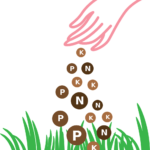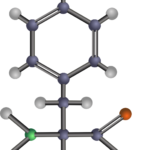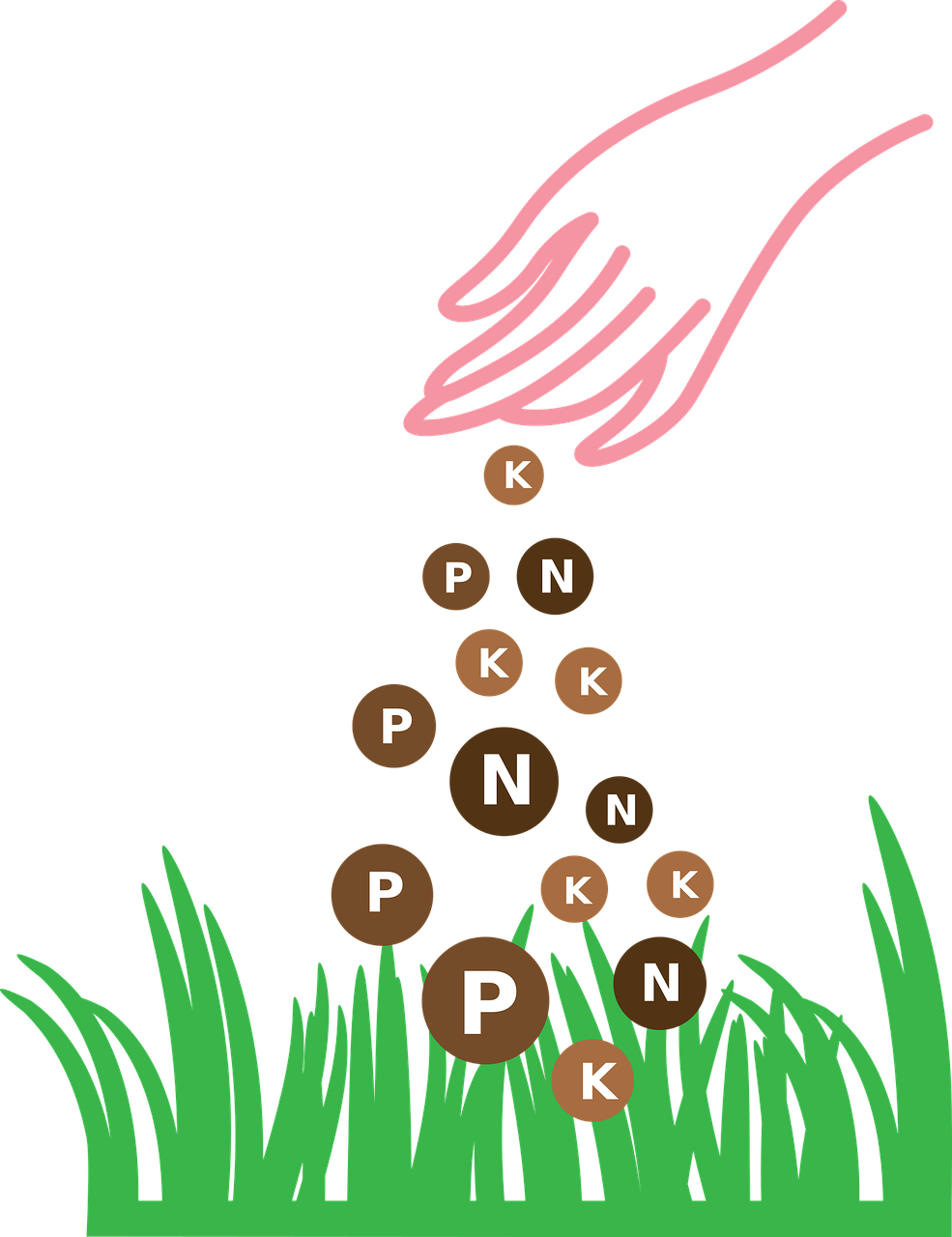The demand for paper continues to grow globally, and with it, concerns about the environmental impact of paper production. One of the most effective ways to address these concerns is through recycling waste paper into good quality paper. This sustainable practice reduces the need for virgin wood, conserves energy, and significantly cuts down on waste. Recycling not only helps preserve forests but also reduces the carbon footprint of paper production. This article provides an in-depth look into how good quality paper is made from waste paper, the advantages of recycling, and the challenges that come with it.
Why Recycle Paper?
There are several compelling reasons to recycle waste paper into high-quality paper:
- Environmental Benefits: Recycling paper reduces deforestation by decreasing the need for new wood pulp. It also lowers energy consumption and cuts greenhouse gas emissions.
- Resource Efficiency: The process of recycling paper uses up to 50% less energy and 90% less water compared to producing new paper from raw materials.
- Waste Reduction: Recycling keeps paper waste out of landfills and reduces methane emissions, which result from the decomposition of organic materials.
- Economic Viability: Using waste paper is often more cost-effective than sourcing virgin pulp. It lowers production costs for paper manufacturers and fosters a circular economy.
Steps in Producing Good Quality Paper from Waste Paper
The process of recycling paper involves several key steps, each aimed at cleaning, refining, and transforming the waste paper into a high-quality final product. Here’s how it works:
1. Collection and Sorting:
- Waste paper is collected from households, offices, and industries. It is then sorted by type and quality, as different paper grades (like office paper, newspapers, or cardboard) require specific treatment processes.
- For good quality paper, high-grade waste paper is typically used, ensuring that the final product meets the necessary standards.
2. Pulping:
- The sorted paper is sent to a pulper, where it is mixed with water and chemicals to break it down into its fiber components. This results in a slurry called pulp.
- The type of pulping used (mechanical or chemical) depends on the intended end use and quality of the paper being produced.
3. De-inking:
- One of the most important steps in producing high-quality recycled paper is de-inking. This process removes inks, adhesives, and other contaminants from the pulp to restore its whiteness and brightness.
- Chemicals and surfactants are used to detach the ink particles from the fibers, which are then removed through flotation or washing.
4. Screening and Cleaning:
- The pulp is passed through fine screens to filter out any remaining impurities, such as staples, plastic fragments, or large particles that did not dissolve in the pulping process.
- This step ensures the purity of the pulp, which is crucial for producing smooth, high-quality paper.
5. Bleaching (Optional):
- In some cases, the pulp is bleached to improve its brightness. This step is typically required when producing white or light-colored paper.
- Eco-friendly bleaching agents such as hydrogen peroxide or oxygen are used instead of chlorine, which is more harmful to the environment.
6. Refining and Beating:
- The pulp undergoes further refinement through beating, which increases the bonding strength of the fibers. This helps to improve the overall durability and texture of the final product.
- The refined pulp is now ready for the paper-making process.
7. Paper Formation:
- The refined pulp is sprayed onto a moving wire mesh, where water drains out and the fibers begin to bond. This forms a continuous sheet of wet paper.
- The paper is then pressed between rollers to remove excess water and to smooth the surface.
8. Drying and Finishing:
- The paper is dried using heated rollers or air dryers. Depending on the desired finish, the paper may undergo further processing, such as calendaring (pressing between rollers for a smooth texture) or coating (adding a surface layer to improve printability).
- Once the desired quality is achieved, the paper is cut, packaged, and sent for distribution.
Benefits of Recycling Waste Paper into Good Quality Paper
Environmental Impact:
- Recycling paper reduces the need for new trees to be cut down, helping to preserve forests and biodiversity.
- It also significantly reduces energy consumption and water usage in comparison to producing new paper from virgin wood fibers.
Waste Reduction:
- By recycling waste paper, we divert large amounts of waste from landfills. This not only reduces the burden on waste management systems but also minimizes methane emissions that arise from decomposing paper.
Economic Savings:
- Producing paper from recycled fibers is often less expensive than sourcing raw materials. This makes the recycling process cost-effective for both manufacturers and consumers.
Extended Fiber Life:
- Paper fibers can be recycled several times before they degrade. Each recycling cycle extracts maximum value from the raw material, extending the fiber’s life.
Challenges in Producing High-Quality Recycled Paper
- Contamination: Waste paper often contains impurities like adhesives, ink, plastics, and other non-fiber materials. Removing these contaminants is essential for producing high-quality recycled paper but can be a complex process.
- Fiber Degradation: Each time paper is recycled, its fibers become shorter and weaker, limiting how many times it can be reused. To maintain strength and durability, some recycled paper products need to be mixed with virgin fibers.
- Energy Use in De-inking and Bleaching: The de-inking and bleaching processes, while essential for producing clean and bright paper, can be energy-intensive. However, ongoing technological advancements aim to reduce energy consumption in these processes.
Conclusion
Producing good quality paper from waste paper is a sustainable and eco-friendly alternative to traditional paper manufacturing. By recycling waste paper, industries can conserve natural resources, reduce energy consumption, and minimize waste generation. Although challenges such as contamination and fiber degradation exist, improvements in recycling technology are continually enhancing the quality and efficiency of the process.
As the world shifts toward more sustainable production methods, recycling waste paper into high-quality paper will remain a cornerstone of the paper industry’s efforts to create a more environmentally responsible future.















